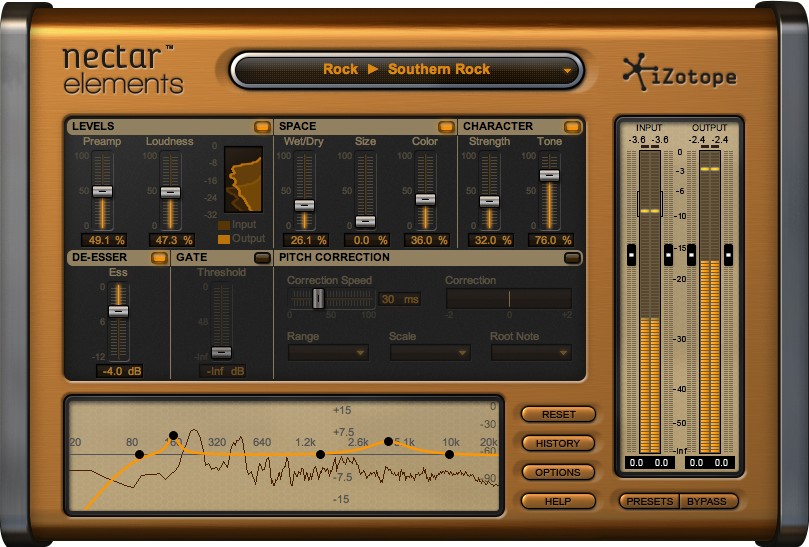


A vocal with soaring trebles may be perfect for an RnB recording, but for a podcast, trebles need to be kept in check. This is more valuable than any harmonic saturation in the world. You want a low signal-to-noise ratio and a clear/present sound. When you're recording a voice-over, you need the right gear for the job-and when it comes to gear for the spoken word in the home-studio environment, the goal isn’t mojo or warmth. If there is a music bed or the underlying sound of a video game in your stream, you can have leeway to be a little noisier, so long as you can mask the noisiness with your existing soundbed.įor everyone else, there’s iZotope RX-the magical tool that can expertly expunge extraneous and erroneous noise from your recordings. Streamers are more in control of any music bed that underpins their video. Podcasters have some leeway: nobody is going to judge Marc Maron or Chapo Trap House on their room noise. Here, longer cable runs from the studio machine might be necessary, or, if you don’t have space, you might need to purchase a hard disk recorder and plug your mic into that.įor actors, narrators, and radio presenters, quietude is especially key, so you must do whatever you can to minimize machine noise. Often the mic can pick up the sound of your computer. You'll likely have to forgo the air conditioner. If your fridge makes noise, unplug it for the duration of the recording.

Luckily there are things you can do to achieve your goals.įirst, minimize the noise within your control. You want to cut costs by recording at home. Tuning out the outside world can be a matter of bank-breaking expense it’s the reason people go to professional studios, as they are often built with floated floors, walls, and ceilings to mitigate the outside world.īut you’re not aiming to record in a studio. What do I mean by quiet? Free from any noise that comes from machines and the outside world. Of course, all the treatment in the world won’t matter if your room itself isn’t quiet.


 0 kommentar(er)
0 kommentar(er)
